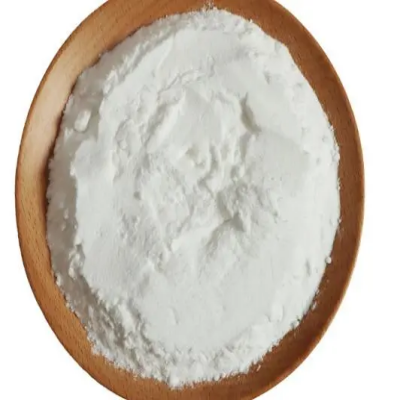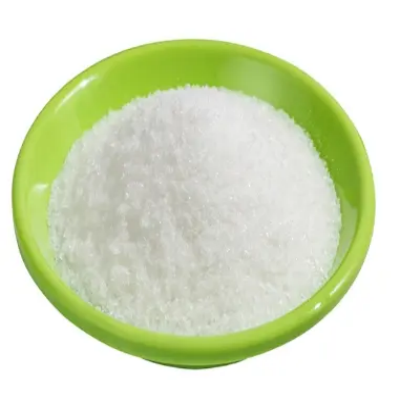4-Methylphenylacetic acid CAS:622-47-9
Mithramycin A is primarily utilized in oncology for the treatment of specific cancers, particularly certain types of tumors that are resistant to conventional chemotherapy. It is most commonly employed in the management of advanced or metastatic forms of testicular cancer, osteosarcoma, Ewing sarcoma, and some types of lung and breast cancers. Mithramycin A's mechanism of action involves interfering with the transcription of DNA in cancer cells, leading to cell cycle arrest and apoptosis. In addition to its anticancer properties, mithramycin A has been investigated for its role in treating conditions associated with abnormal calcium metabolism, such as hypercalcemia caused by malignancy or Paget's disease of bone. By inhibiting bone resorption and calcium release, mithramycin A can help regulate calcium levels and alleviate symptoms related to excessive bone breakdown. Furthermore, mithramycin A has shown promise in preclinical research for its potential applications in targeting other diseases, including certain genetic disorders and viral infections. Its ability to modulate gene expression and interfere with RNA synthesis makes it a valuable tool in studying molecular pathways and developing novel therapeutic strategies for various medical conditions. Overall, mithramycin A represents a unique and promising agent in the field of oncology and beyond, offering researchers and clinicians a multifaceted approach to combating cancer and addressing other disease states. Its distinctive mechanism of action, broad therapeutic potential, and ongoing investigations into novel applications underscore its significance as a versatile compound with diverse therapeutic implications.



| Composition | C9H10O2 |
| Assay | 99% |
| Appearance | white powder |
| CAS No. | 622-47-9 |
| Packing | Small and bulk |
| Shelf Life | 2 years |
| Storage | Store in cool and dry area |
| Certification | ISO. |









